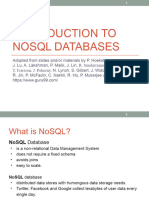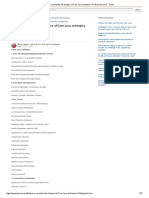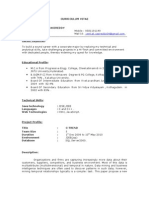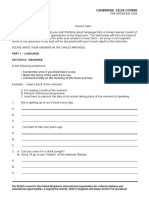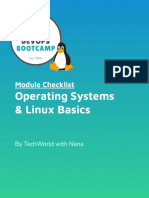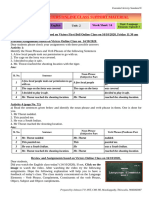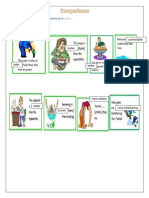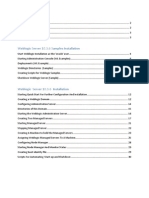0% found this document useful (0 votes)
253 views56 pagesOn Introdution To NoSQL
This document provides an introduction to NoSQL databases. It discusses the CAP theorem, which states that a distributed data store can only provide two of three guarantees: consistency, availability, and partition tolerance. It also covers eventual consistency and the BASE properties that many NoSQL systems follow. Finally, it outlines some business drivers for adopting NoSQL, including large data volumes, high velocities of data ingestion, variability in data structures, and the need for agility.
Uploaded by
Atharv PatilCopyright
© © All Rights Reserved
We take content rights seriously. If you suspect this is your content, claim it here.
Available Formats
Download as PDF, TXT or read online on Scribd
0% found this document useful (0 votes)
253 views56 pagesOn Introdution To NoSQL
This document provides an introduction to NoSQL databases. It discusses the CAP theorem, which states that a distributed data store can only provide two of three guarantees: consistency, availability, and partition tolerance. It also covers eventual consistency and the BASE properties that many NoSQL systems follow. Finally, it outlines some business drivers for adopting NoSQL, including large data volumes, high velocities of data ingestion, variability in data structures, and the need for agility.
Uploaded by
Atharv PatilCopyright
© © All Rights Reserved
We take content rights seriously. If you suspect this is your content, claim it here.
Available Formats
Download as PDF, TXT or read online on Scribd
/ 56



